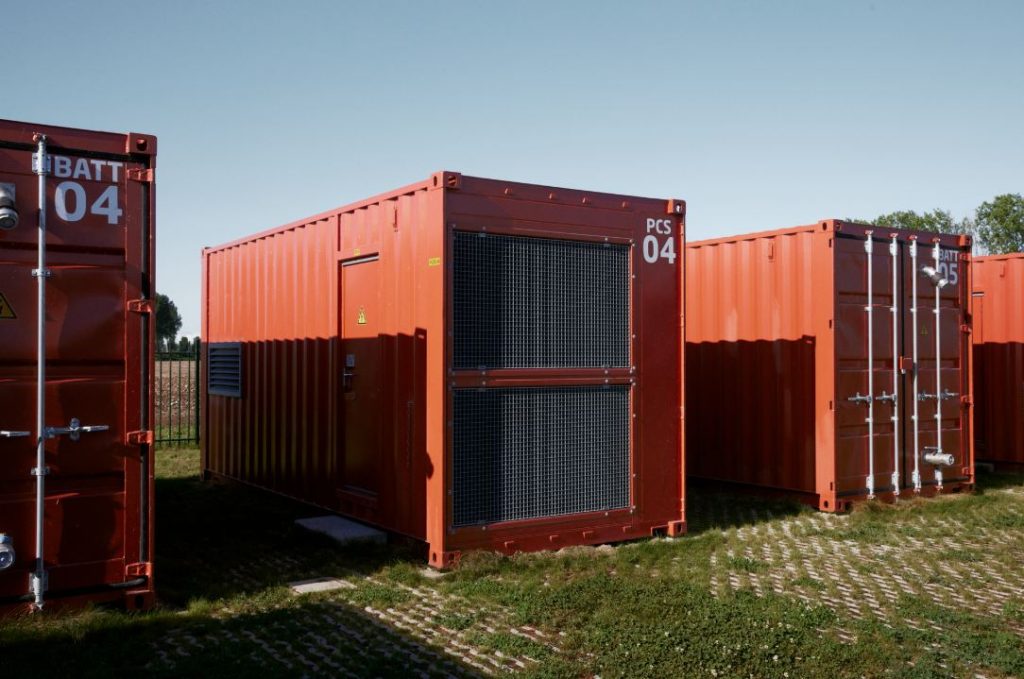Vattenfall has partnered with energy storage company Return to operate and optimize a 50MW/100MWh battery energy storage system (BESS) in Waddinxveen, the Netherlands.
The eight-year agreement highlights how flexible storage is evolving from a technical complement to a commercial cornerstone of the energy transition.
The Waddinxveen battery, scheduled for commissioning in the first half of 2026, will be connected to TenneT’s high-voltage grid, underscoring the role of utility-scale batteries in bridging supply-demand mismatches. With an expected duration of two hours at full output, the system will be capable of addressing both temporal and regional imbalances in electricity supply—capabilities that are becoming increasingly valuable as variable wind and solar generation scale up.
Vattenfall will integrate the Return battery system into its automated trading processes, providing a critical tool for imbalance management and reserve capacity. These capabilities allow the utility to better manage volatility across its growing renewable portfolio, especially as it scales both proprietary and third-party energy storage assets.
This project also aligns with Vattenfall’s broader strategy to place up to 1.5GW of external large-scale battery capacity on the Northwest European electricity market in the coming years. That ambition builds on Vattenfall’s legacy in dispatchable generation, including 2.7GW of pumped hydro and run-of-river hydro in Germany and battery co-location projects in the Netherlands, such as at Haringvliet and Princess Alexia wind farms.
With TenneT and other European transmission operators ramping up system flexibility requirements, scalable storage will play a growing role not only in supporting renewables but also in maintaining system integrity during peak load or curtailment scenarios.
Stay updated on the latest in energy! Follow us on LinkedIn, Facebook, and X for real-time news and insights. Don’t miss out on exclusive interviews and webinars—subscribe to our YouTube channel today! Join our community and be part of the conversation shaping the future of energy.





